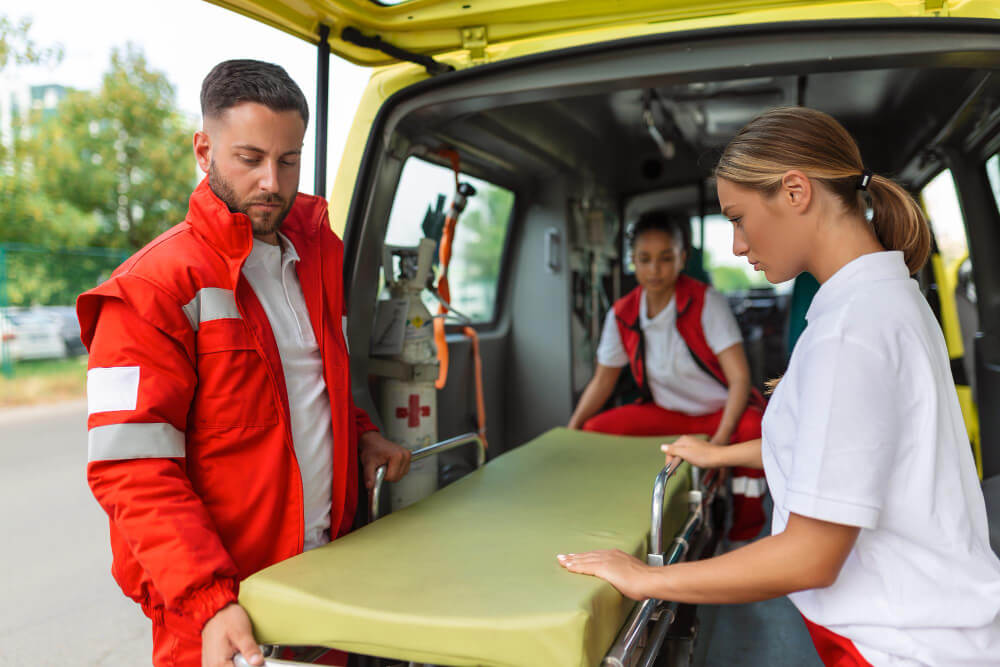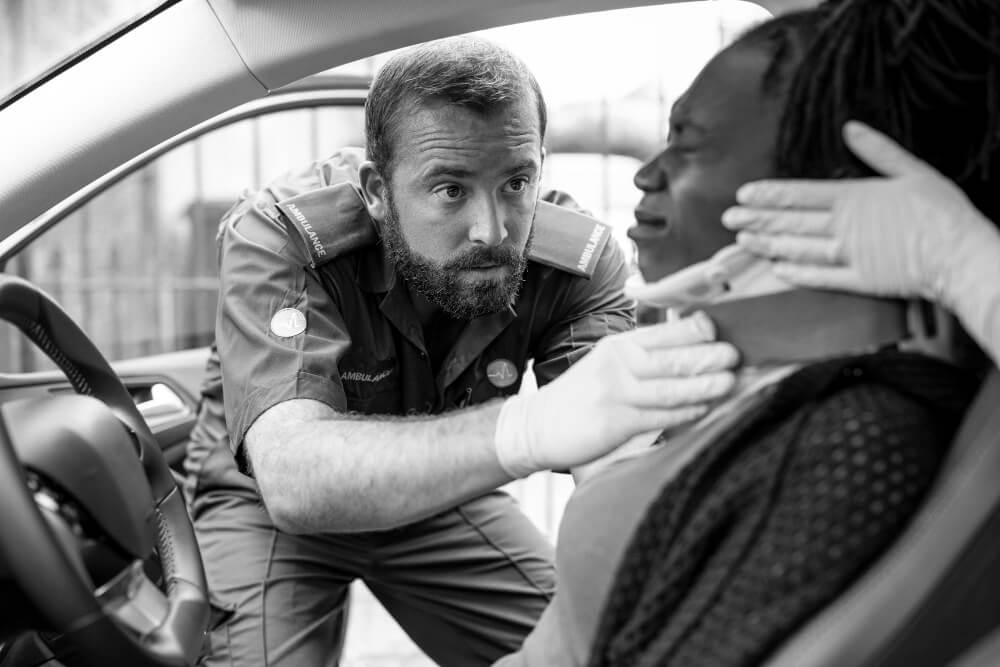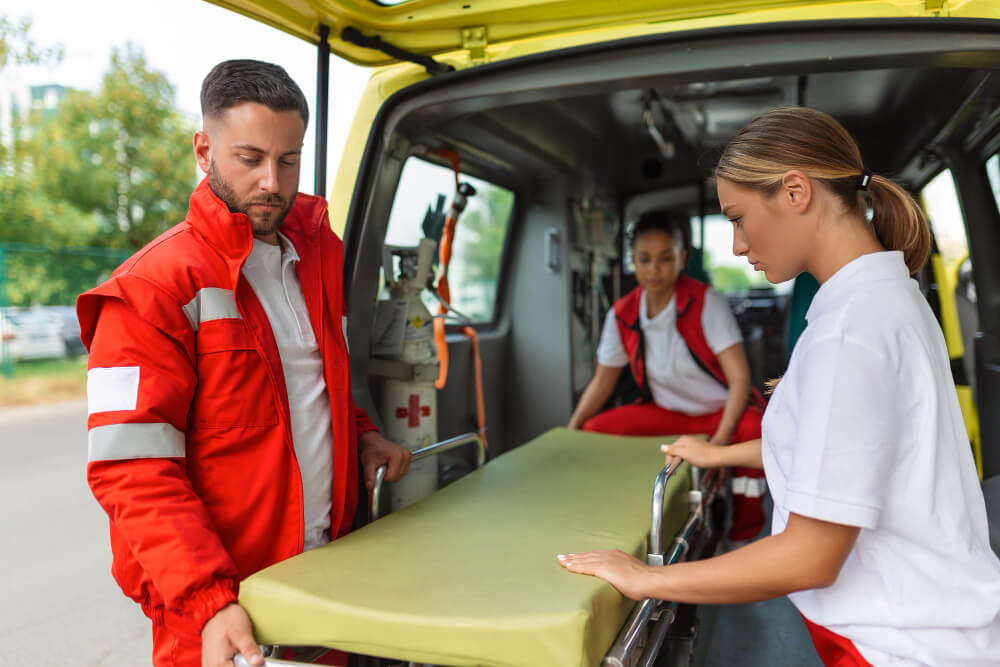Recovering From the Road: Essential Guide to Car Accident Treatment

Unfortunately, car accidents are a common occurrence worldwide, with millions happening each year. These incidents can range from minor fender benders to serious collisions, leaving victims with various injuries that require immediate and ongoing care. Understanding the available treatment options and what to expect during the recovery process is crucial for regaining your health and well-being after a car accident.
The aftermath of a car accident can be overwhelming, both physically and emotionally. This comprehensive guide provides essential information on navigating the road to recovery, from initial assessment and treatment options to addressing the mental and emotional impact.
Here’s what you can expect to learn:
- Immediate Actions: What to do at the accident scene and how to access emergency medical care.
Diagnosis and Treatment: Understanding the different types of car accident injuries and the treatment options available for each. - Physical Rehabilitation: Strategies for regaining physical strength and functionality after your injuries.
Mental and Emotional Support: Recognizing the emotional toll of a car accident and exploring resources to cope with trauma and stress. - Returning to Normal Life: Tips for adjusting to your new normal and rebuilding your quality of life.
By understanding the steps involved in car accident treatment and recovery, you can take an active role in regaining your health and well-being. This guide is a valuable resource for anyone who has been injured in a car accident, as well as for their families and loved ones.
The Immediate Aftermath: Emergency Care and Initial Assessment
In the immediate aftermath of a car accident, ensuring your safety and that of others involved is paramount. Check yourself and others for injuries and call emergency services if necessary. Once the scene is secure and medical attention arrives, the focus will shift to stabilizing the injured and assessing the extent of their injuries.
Initial Assessments May Include:
- Physical Examination: Medical professionals will conduct a thorough physical examination to identify any visible injuries, such as cuts, bruises, broken bones, and internal bleeding.
- Imaging Tests: X-rays, CT scans, and MRIs may be necessary to diagnose internal injuries, fractures, and soft tissue damage not readily apparent during the physical examination.
- Neurological Evaluation: Depending on the severity of the accident, neurological assessments may be conducted to evaluate brain function and potential nerve damage.
- Pain Management: Once the extent of the injuries is determined, doctors will administer appropriate pain management medications to provide immediate relief.
Common Car Accident Injuries and Treatment Options
The specific treatment plan for car accident injuries will depend on the type and severity of the injury sustained. Some of the most common car accident injuries and their typical treatment options include:
Whiplash:

This neck injury, caused by sudden head movement, often results in pain, stiffness, and headaches. Treatment typically involves:
- Pain medication
- Physical therapy to strengthen neck muscles and improve flexibility
- In severe cases, traction or cervical collars
Back Injuries:
From muscle strains and sprains to herniated discs and spinal fractures, back injuries can range in severity. Treatment options include:
- Pain management
- Physical therapy
- Spinal injections
- In rare cases, surgery
Fractures:
Broken bones require immobilization with casts, splints, or traction to allow proper healing. In some cases, surgery may be necessary to fix the fracture or insert pins or plates for added support.
Head Injuries:
Head injuries, including concussions, can cause various symptoms, from headaches and dizziness to memory problems and loss of consciousness. Treatment depends on the severity of the injury and may involve:
- Observation
- Medication
- Cognitive rehabilitation
Soft Tissue Injuries:
Sprains, strains, and tears in muscles, ligaments, and tendons are common after car accidents. Treatment typically involves:
- Rest
- Ice
- Compression
- Elevation (RICE protocol)
- Followed by physical therapy to restore strength and flexibility
Beyond Physical Recovery: Addressing Mental and Emotional Impact
While physical injuries take center stage in the immediate aftermath of a car accident, the emotional and psychological impact should not be overlooked. Many car accident victims experience anxiety, depression, post-traumatic stress disorder (PTSD), and other mental health challenges.
How to Address the Emotional and Mental Impact of a Car Accident:
- Seek Support: Talking to a therapist or counselor can help you process the trauma and develop coping mechanisms for dealing with the emotional aftermath of the accident.
- Join a Support Group: Connecting with others who have experienced similar experiences can provide a sense of understanding and support.
- Practice Self-Care: Engaging in activities you enjoy, such as exercise, relaxation techniques, and spending time with loved ones, can help promote healing and emotional well-being.
- Be Patient: Recovery is a process, and it takes time to heal both physically and emotionally. Be patient with yourself and allow yourself to feel your emotions.
Conclusion: Taking Control of Your Recovery
The road to recovery after a car accident can be long and challenging, but with the right support and information, you can overcome the physical and emotional consequences of this traumatic experience. By seeking appropriate medical care, exploring treatment options, and addressing the mental and emotional impact, you can regain your health

